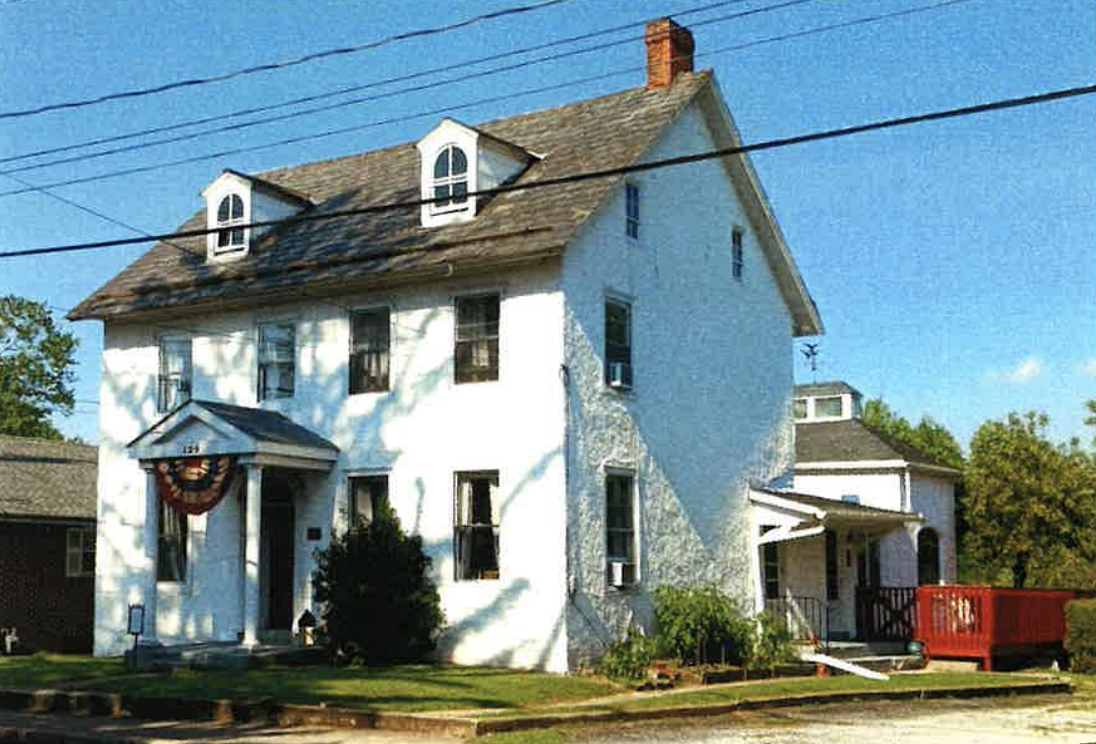The historic Shipley Lester House in Quakertown dates back to about 1815 and was linked to multiple notable local figures over its years. The property was recently added to Heritage Conservancy’s Register of Historic Places.
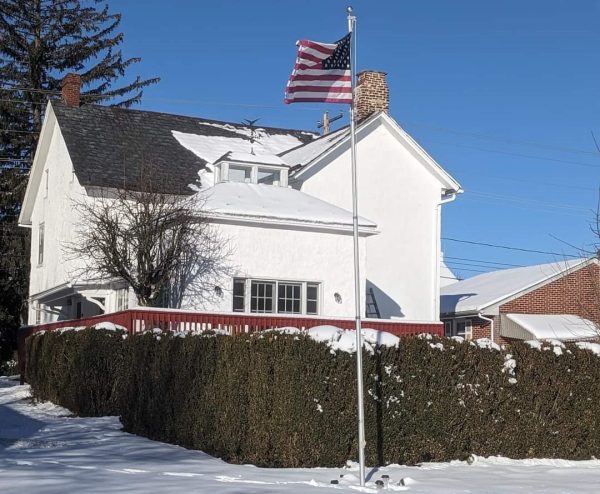
Located in Quakertown Borough, the house has an interesting history related to prominent individuals in the community with ties to regional and national historic events.
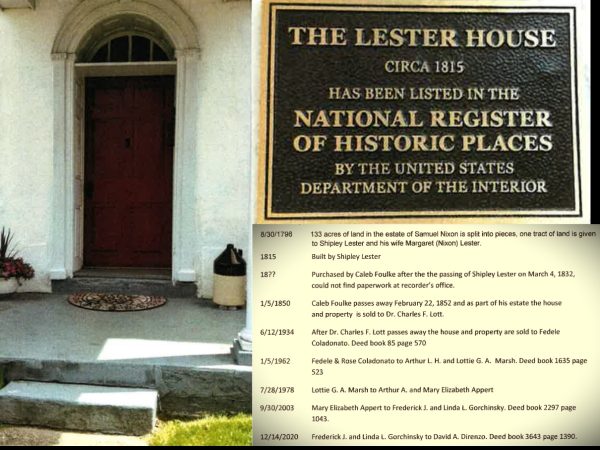
Shipley Lester and his father, John Lester, ran the tannery on West Broad Street. Shipley was married to Margaret Nixon, whose father Samuel was a well-known local businessman.
Upon Shipley’s death, the property was sold to his cousin, Caleb Foulke. Caleb’s father, Everard Foulke, was one of the tax assessors held hostage during the Fries Rebellion in 1799, the eastern Pennsylvania farmers’ uprising against a direct federal property tax.
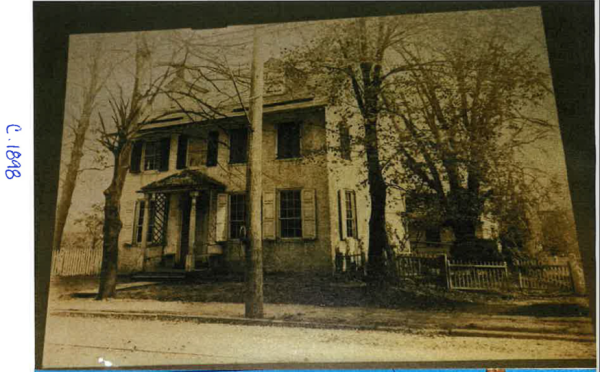
In 1855, Dr. Charles F. Lott purchased the property and lived there until 1934. He studied medicine under Dr. Moses Scott in Philadelphia and graduated in 1805, going on to serve as a wartime surgeon in the War of 1812 between America and Great Britain. He is reported to have raised a company of light horse cavalry and became an assistant adjutant general and medical director in the war.
Above is a photograph of the house that could predate 1920. As there is trolley track on the road in front of the home, it would have been taken sometime after 1898. It is believed that Dr. Lott was the owner at the time and paid for a photograph to be taken, though this was not commonly done at the time. Dr. Lott’s estate sold the home in 1934.
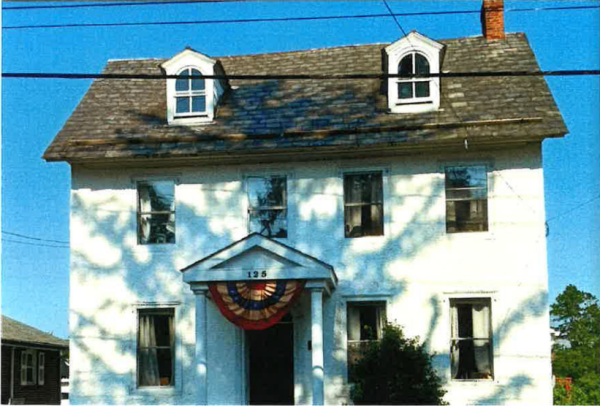
The home is an excellent example of the colonial style of the era, and retains many original features. Brick-trimmed fireplaces, exposed stone, and other details have been preserved to keep the original character of the home. The house still has its original rectangular slated roof. An original chimney remains on the south side of the home. The front door is recessed with an arched transom above, and mill work surrounding it has paneling that matches the door.
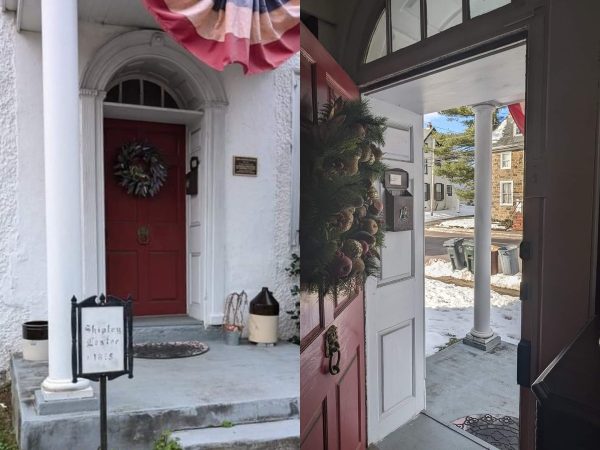
In the property’s attic, the homeowners found a baby shoe and an original key to the front door. And recent visits from a relic hunter uncovered other artifacts and items from past residents on the property, from 19th century jewelry and a War of 1812 2nd Regiment officer’s button to a child’s toy police shield from the early 1900s.

The house is on the National Historic Register of Historic Places and is a privately owned residence.
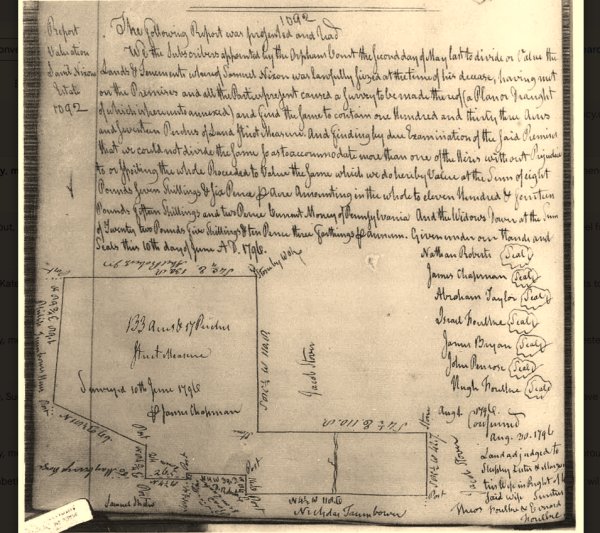
Heritage Conservancy is happy to add this house to our Register of Historic Places.
